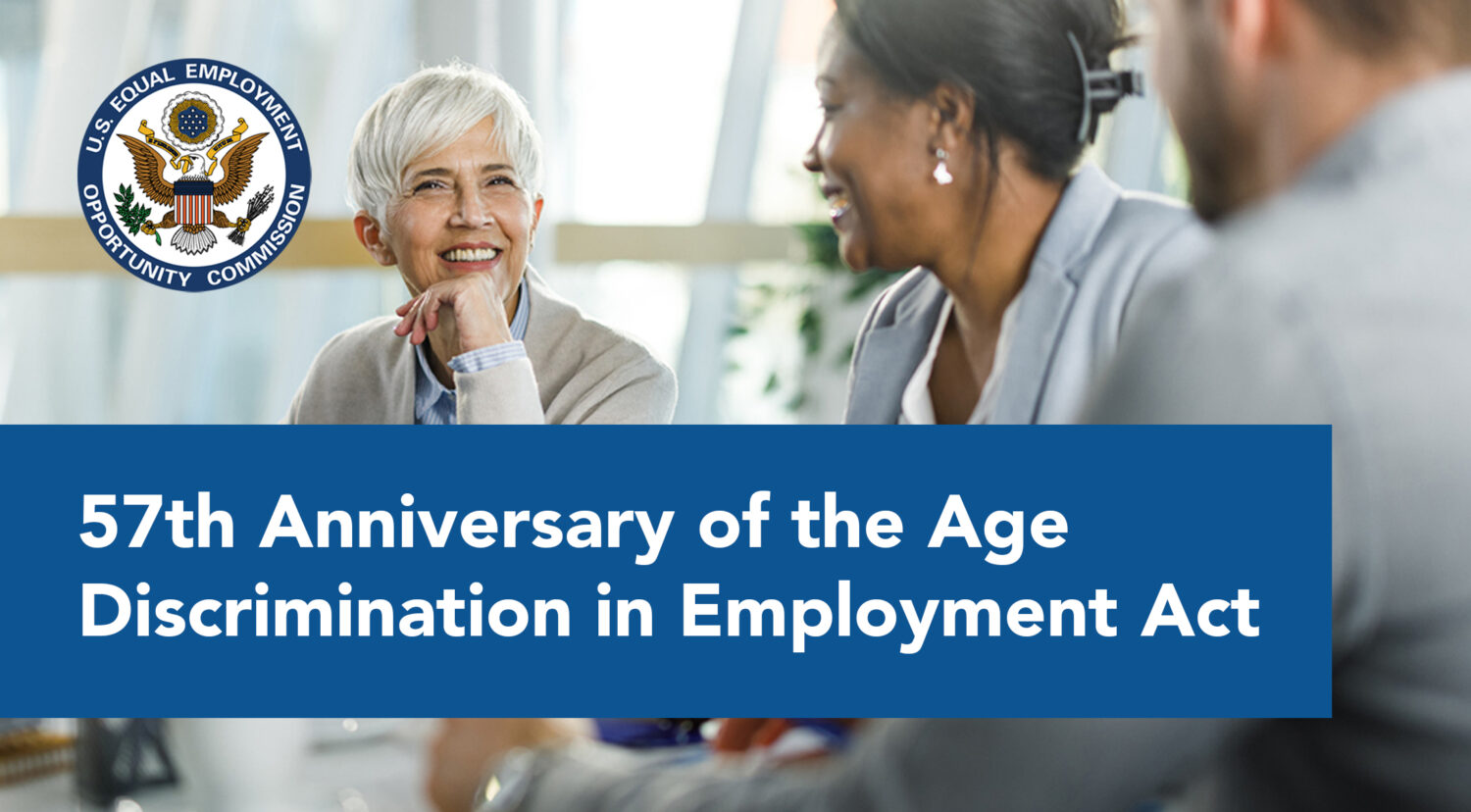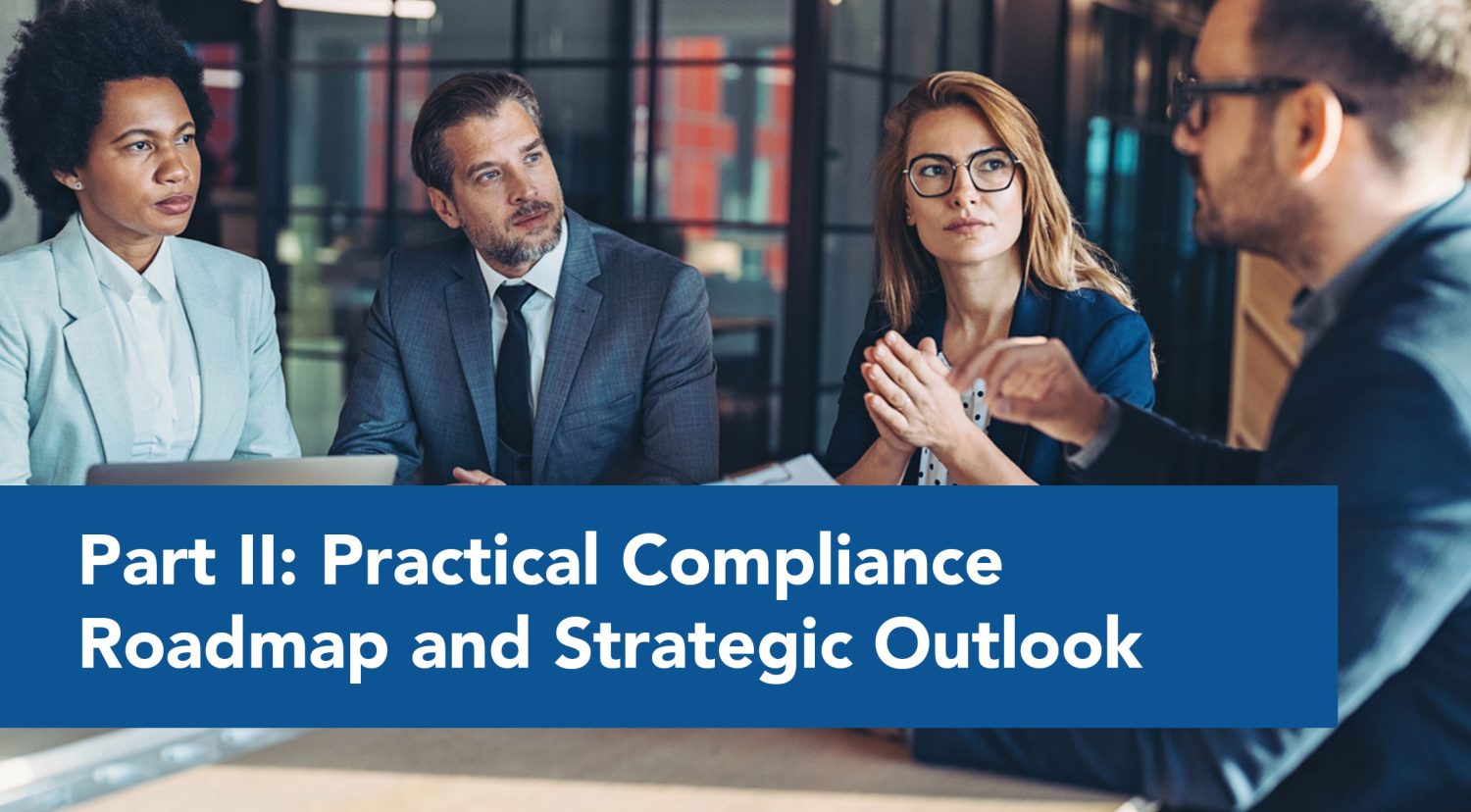

My Fellow HR Professionals,
June 12th, 2024, marks the 57th anniversary of the Age Discrimination in Employment Act (ADEA). It’s a pivotal moment to reflect on the progress made since its enactment and to reaffirm our commitment to creating workplaces that value employees of all ages. Let’s delve into the history of the ADEA, explore the current state of age discrimination in the workplace, discuss practical strategies for preventing age bias, and look at the benefits of retaining older employees (some of these include making more money.)
Money Matters: Why the ADEA Matters for Your Company
We may as well get the money part taken care of up front. According to The Economic Impact of Age Discrimination, a report by the AARP and the Economist Intelligence Unit in 2020, the US economy lost an estimated $850 billion in GDP. That’s not nothing. In fact, that’s quite something. In addition to that, studies suggest that companies with a diverse age distribution tend to perform better financially. This is all outside of legal fees, penalties, settlements, etc.
So, even if you and your organization don’t want to act against age discrimination because it is both the right thing to do and to avoid those legal fees, etc., then you should want to keep your company’s share of that $850 billion and create even more revenue besides.
By the way, that same report by the AARP and Economist Intelligence Unit predicts the US GDP will be losing $3.9 TRILLION to age discrimination by 2050.
The Genesis of the ADEA: A Brief History
The ADEA was signed into law in 1967. Before its passage, older workers often faced significant barriers to employment, with many companies imposing arbitrary age limits for hiring and promotions. There was also a sense that this environment was not only unjust but it significantly wasted talent and experience. The ADEA aimed to change this by prohibiting employment discrimination against individuals aged 40 and older, ensuring they had equal opportunities in the job market and the workplace.
Understanding Age Discrimination in the Workplace
Despite the ADEA’s intentions, age discrimination remains a persistent issue. In 2020 alone, the Equal Employment Opportunity Commission (EEOC) received nearly 14,000 age discrimination complaints. These complaints highlight ongoing issues, such as older workers being overlooked for promotions, forced into early retirement, or subjected to hostile work environments. (14,000 is almost certainly fewer than the actual number of instances. How many were unreported?)
Evolving Age Discrimination Laws
The ADEA laid the groundwork for protecting older workers, but age discrimination laws have evolved over the years. Amendments and related legislation have strengthened protections, making it illegal to discriminate based on age in hiring, firing, promotions, layoffs, compensation, benefits, job assignments, and training. It’s crucial for HR professionals to stay informed about these laws to ensure compliance and foster a fair workplace.
Understanding the Other Business Reasons for Reducing Age Discrimination
- Valuable Experience and Mentorship: The importance of retaining experienced workers and the role of mentorship are discussed in various HR and management studies. For example, the Society for Human Resource Management (SHRM) often highlights the value of older workers’ experience and their role as mentors.
- Higher Revenues and Better Performance: A study by the Federal Reserve Bank of San Francisco found a positive correlation between age diversity and firm performance, indicating that age-diverse teams tend to generate higher revenues and foster innovation.
- Cost Implications of Age Discrimination: The costs associated with turnover, loss of institutional knowledge, and decreased employee morale due to discrimination are discussed in HR literature and case studies from SHRM and the AARP Public Policy Institute.
- Legal and Reputational Risks: Legal penalties for age discrimination and the importance of maintaining a positive reputation are detailed in reports from the Equal Employment Opportunity Commission (EEOC) and various HR publications that discuss the impacts of lawsuits and public perception.
- Consumer Demographics: The relationship between employee demographics and understanding consumer needs is often covered in business and marketing research. For example, McKinsey & Company frequently publishes insights on how diverse workforces can better serve diverse markets.
Strategies for Preventing Age Discrimination
Preventing age discrimination in the workplace requires a proactive approach. Here are some strategies to consider:
- Promote a Culture of Inclusion: Create an inclusive culture that values diversity in age. Yes, that sounds generic. Here are a couple ways to do that:
• Highlight the contributions of employees of all ages, and
• Encourage intergenerational collaboration within projects and across roles - Review and Revise Policies: Regularly review your organization’s policies to ensure they do not inadvertently discriminate against older workers. Update job descriptions, recruitment practices, and promotion criteria to be age-neutral.
- Provide Training and Education: Educate managers and employees about age discrimination laws and the importance of an inclusive workplace, including the benefits! Offer training sessions that address unconscious bias and emphasize the value of a diverse workforce.
- Encourage Open Dialogue: Foster an environment where employees feel comfortable discussing age-related concerns. Encourage feedback and be prepared to address any issues promptly and effectively. As with other forms of discrimination, those affected by or witnessing it may not think of it as an area to report. You may need to specifically mention areas of discrimination (all of them) to give feedback about.
- Implement Mentorship Programs: Create mentorship opportunities that pair younger employees with older, more experienced colleagues. This not only facilitates knowledge transfer but also helps break down age-related stereotypes.
Looking Ahead: The Future of Age Discrimination Prevention
As we celebrate the 57th anniversary of the ADEA, it’s important to recognize the progress made and the work still needed. Age discrimination prevention is not just about compliance; it’s about creating a workplace where every employee feels valued and has the opportunity to succeed, regardless of age. (And, yes, it also creates more profitable companies.)
By championing age diversity, HR professionals can help build stronger, more resilient organizations. Let’s continue to work towards a future where age is seen as an asset, not a liability, and where every employee can thrive.
Celebrating milestones like the 57th anniversary of the ADEA reminds us of the importance of our ongoing efforts to ensure fairness and equality in the workplace. Together, we can create a more inclusive and equitable environment for employees of all ages.
Citations
Equal Employment Opportunity Commission (EEOC), Age Discrimination in Employment Act (ADEA).
Equal Employment Opportunity Commission (EEOC), 2020 Charge Statistics.
Terrell, Kenneth. “Age Discrimination Costs the Nation $850 Billion, Study Finds.” AARP, 2020. January 30.
Kiersz, Andy. “America’s Workforce Is Graying, and Ageism Could Cost the Economy Trillions of Dollars.” Business Insider, 2021. June 30.
(Both of the former reference the same report, cited below.)
“The Economic Impact of Age Discrimination.” AARP, 2020.
References
- Federal Reserve Bank of San Francisco: The research indicates that age diversity can enhance firm performance.
- AARP Public Policy Institute: Various reports and studies highlight the economic benefits of an age-diverse workforce.
- Society for Human Resource Management (SHRM): Articles and studies on the costs of turnover and the benefits of retaining experienced workers.
- AARP Public Policy Institute: Insights into the costs of age discrimination and the benefits of mentorship.
- Equal Employment Opportunity Commission (EEOC): Statistics and reports on the legal penalties for age discrimination.
- Society for Human Resource Management (SHRM): Discussions on the reputational risks of discriminatory practices.
- McKinsey & Company: Research on the correlation between workforce diversity and consumer understanding.
HR Unlimited, Inc. specializes in helping federal contractors and employers effectively meet their AAP and EEO compliance obligations. Please contact us to discuss any of your questions, concerns, or needs in this area.





